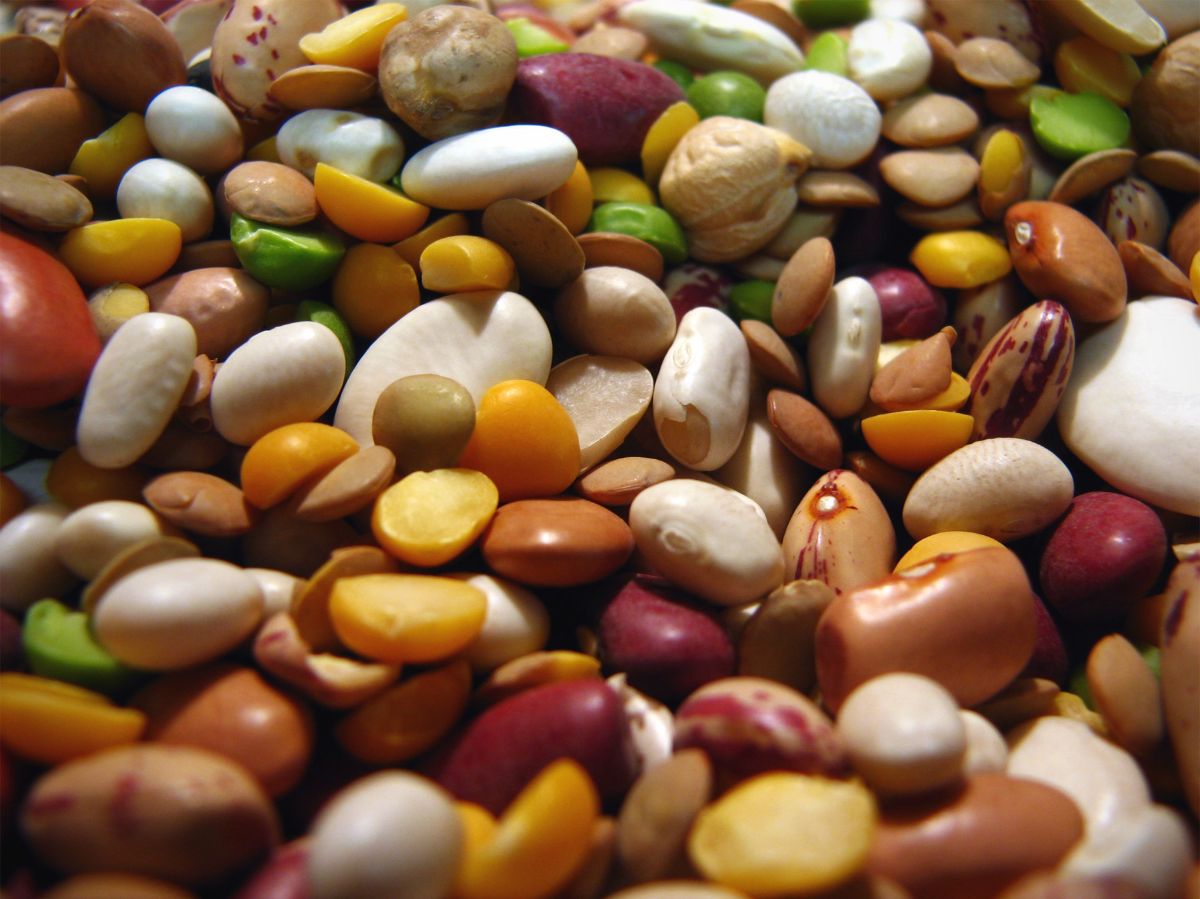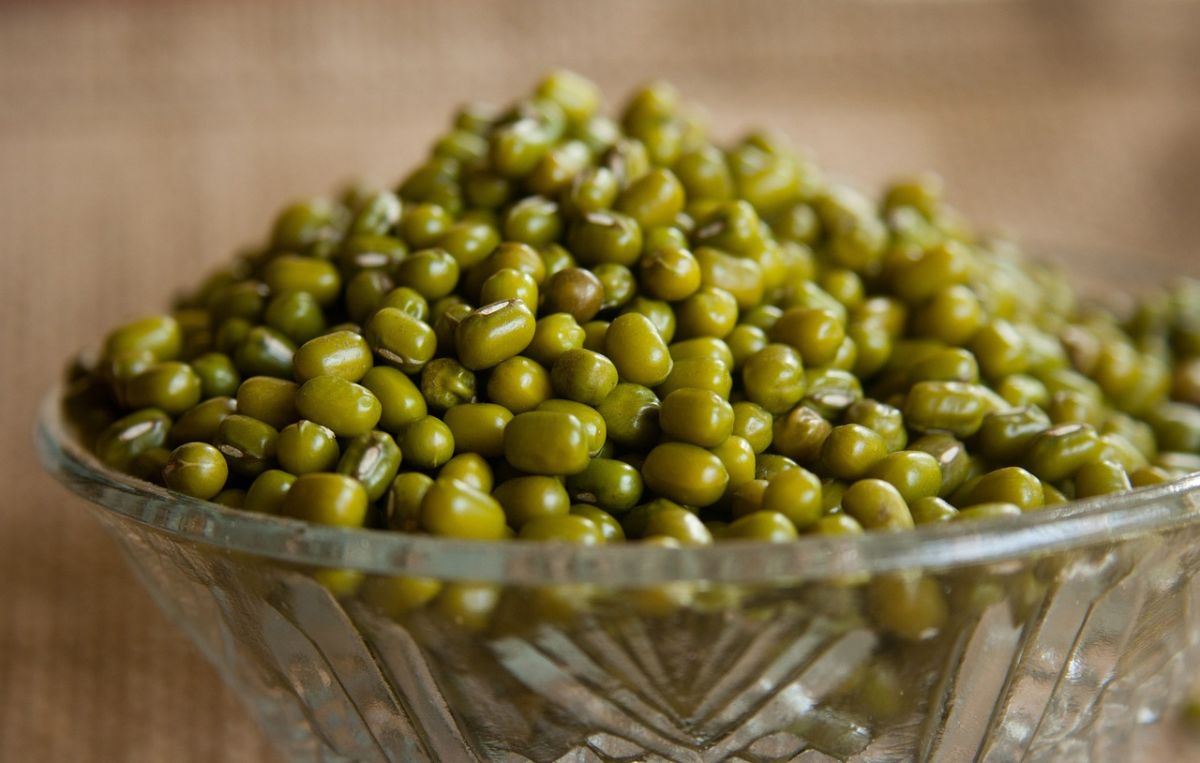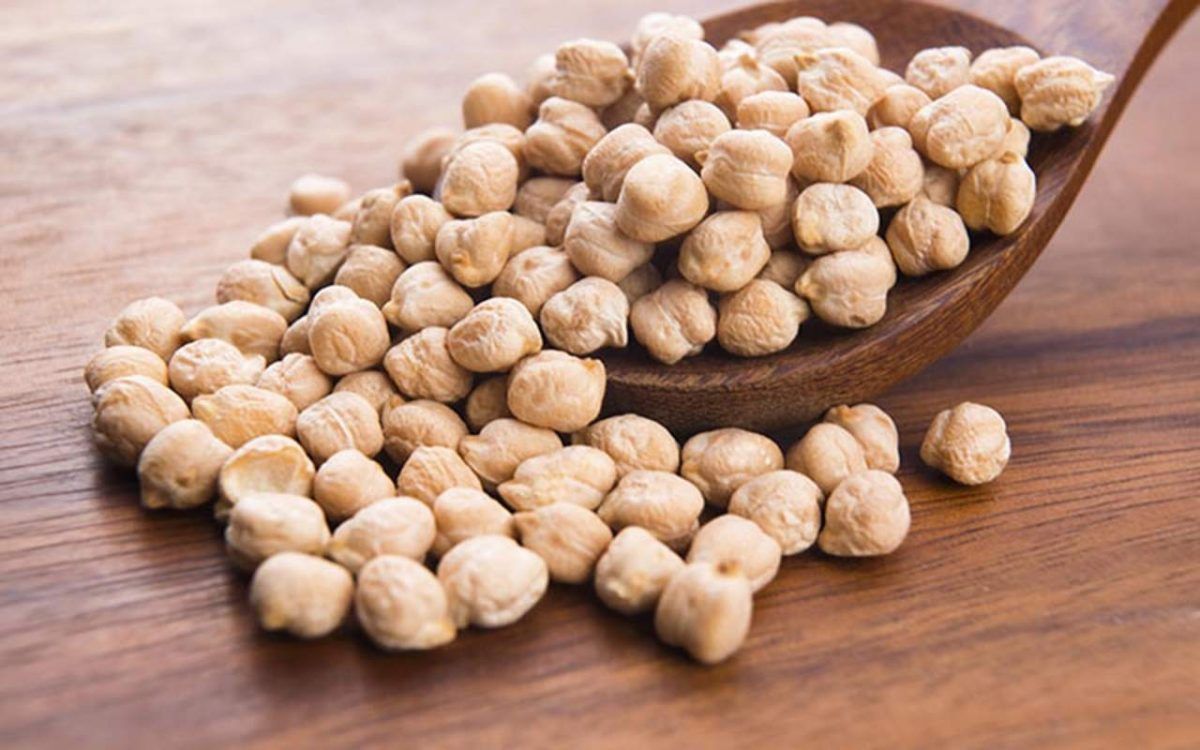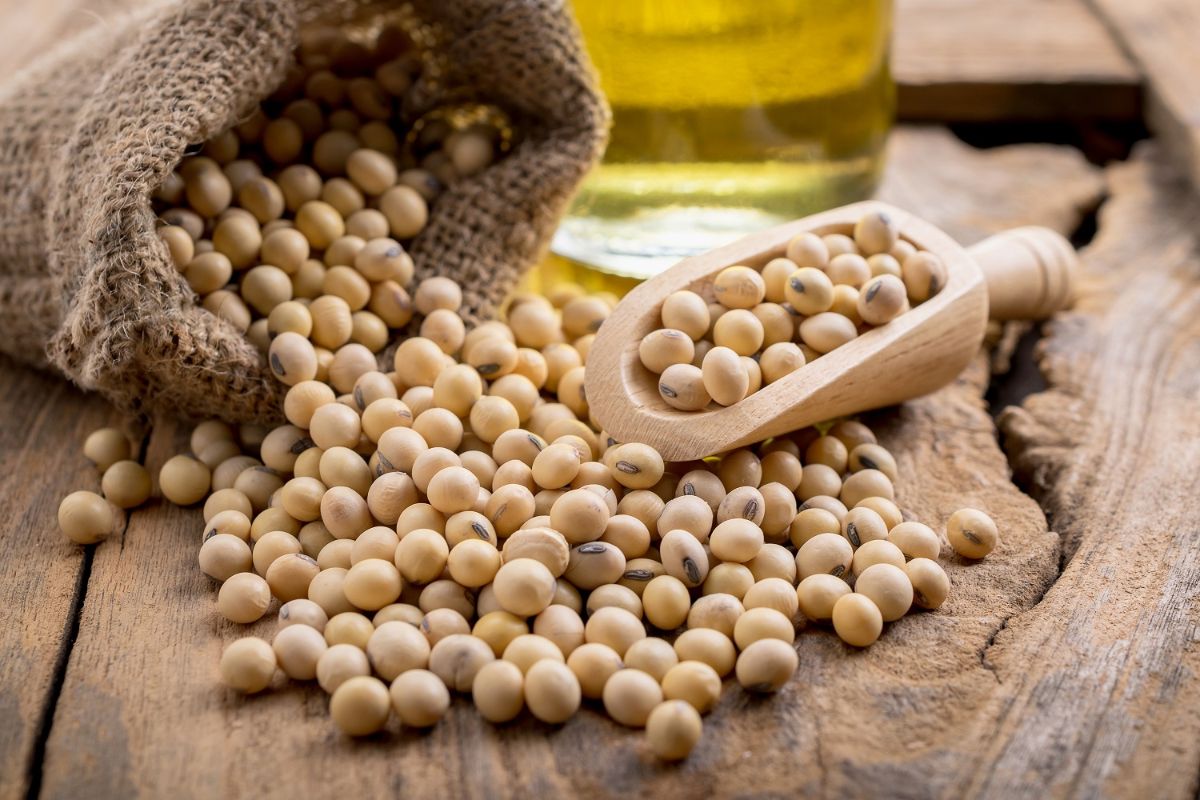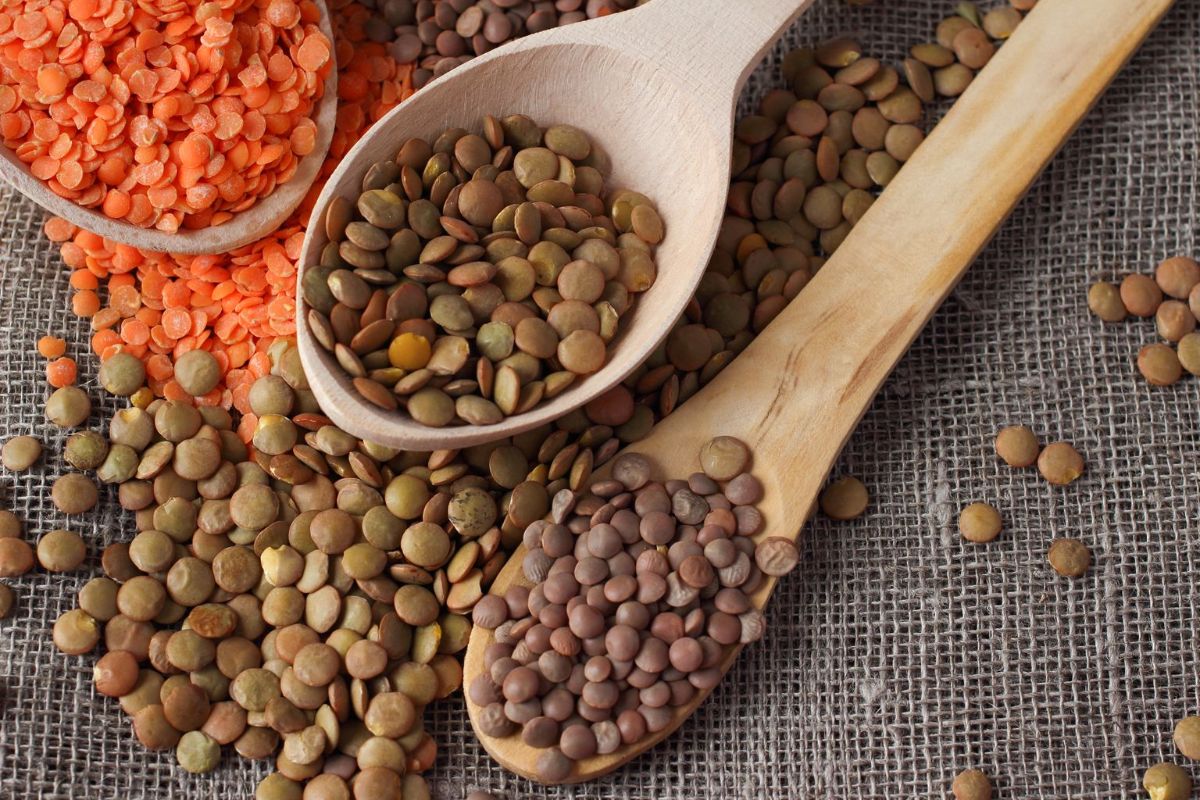5 beneficial properties of green buckwheat for health according to scientists
Green buckwheat is a dietary product with unique beneficial properties for health, being especially popular among supporters of proper nutrition.
According to research, it can reduce the likelihood of cardiovascular and endocrine diseases, normalize intestinal function, reduce the risk of cancer and help in weight loss.
Content
How does it differ from the usual one?
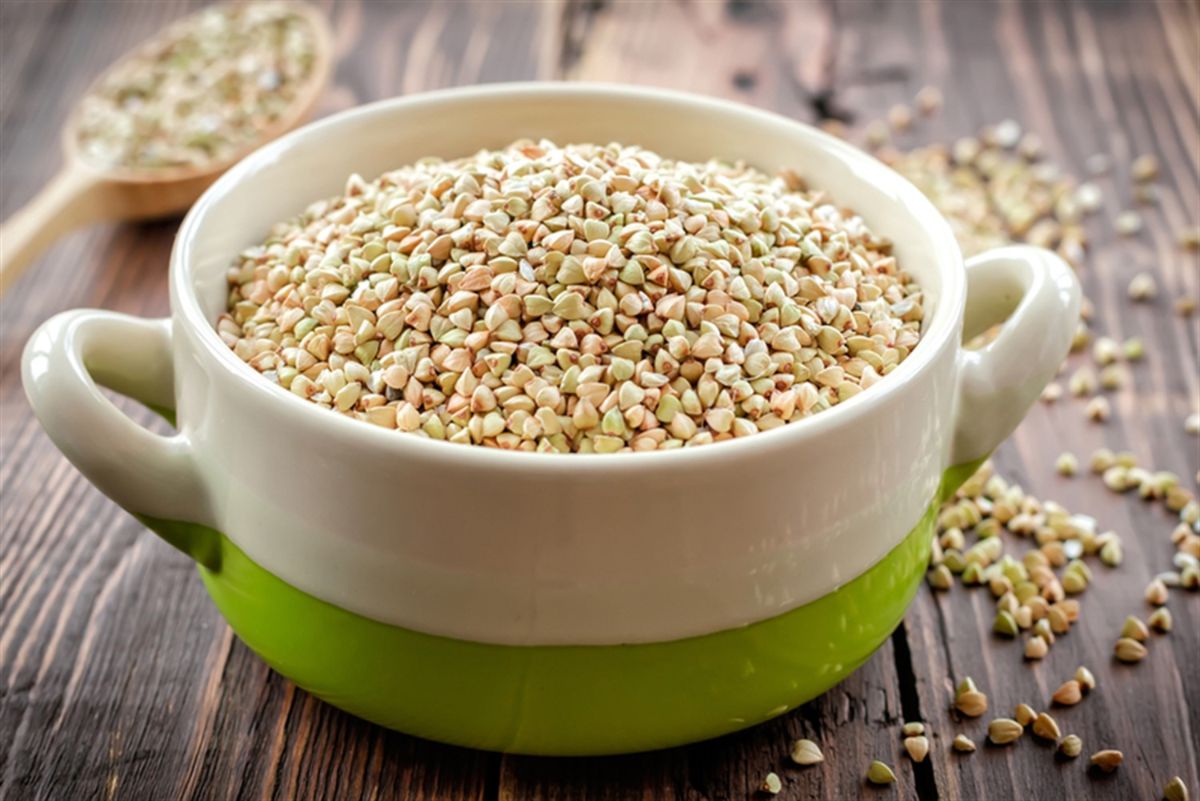
Green buckwheat is buckwheat kernels that are cleaned in an ancient way without heat treatment. These kernels can germinate. Such buckwheat preserves the entire complex of nutrients and has an increased content of vitamins and minerals, of dietary fiber and proteins.
Green buckwheat differs from ordinary (brown) buckwheat in the following features:
- Significantly higher levels of proteins and beneficial fatty acids, higher concentration of vitamins and minerals (by 10-25%);
- The ability to eat raw (with caution);
- Extended list of contraindications (prohibited for pregnant women, children and persons with blood clotting disorders);
- Difficulty of acquisition (not often found on store shelves).
The green type of buckwheat is indeed considered more valuable and effective in preventing endocrine and cardiovascular disorders.
Sprouted green buckwheat is even more beneficial for the body. Each seedling has a more significant supply of nutrients.
5 useful properties
Below are 5 main theses about the benefits of green buckwheat for humans (based on evidence).
1. Reduces the concentration of sugar in the blood
 Systematically elevated blood glucose levels are an extremely dangerous disorder that increases the likelihood of type II diabetes mellitus.
Systematically elevated blood glucose levels are an extremely dangerous disorder that increases the likelihood of type II diabetes mellitus.
Green buckwheat is a product with a low glycemic index and does not cause sudden spikes in blood sugar after consumption.
According to the data studies, on the contrary, it is able to significantly reduce blood sugar levels after consumption against the background of type II diabetes mellitus.
Assumed that the biological effect is associated with the presence of a special substance in the composition – D-chiroinosite. It activates insulin receptors in peripheral tissues, increasing their sensitivity. This leads to increased absorption of glucose from the blood.
In fact, green buckwheat affects the main pathogenetic mechanism of the formation of type II diabetes mellitus – insulin resistance.
2. Reduces the risk of developing heart and vascular diseases
 Buckwheat, due to the presence of rutin in the composition, reduces blood pressure, and also blocks chronic inflammation, preventing the deposition of cholesterol crystals. Similar information lead
Chinese specialists.
Buckwheat, due to the presence of rutin in the composition, reduces blood pressure, and also blocks chronic inflammation, preventing the deposition of cholesterol crystals. Similar information lead
Chinese specialists.
Scientists from the USA claim that the product also reduces the likelihood of thrombotic and thromboembolic complications for any reason.
The main positive feature of green buckwheat – normalization lipid profile indicators. It reduces Total cholesterol level , as well as its atherogenic fractions (LDL, VLDL, TAG), preventing the development of diseases associated with atherosclerosis (coronary heart disease, myocardial infarction, stroke).
3. Supports intestinal function
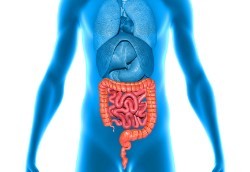 Green buckwheat is rich Sustainable dietary fiber
, which almost freely penetrate into the large intestine, where they serve as food for beneficial microorganisms.
Green buckwheat is rich Sustainable dietary fiber
, which almost freely penetrate into the large intestine, where they serve as food for beneficial microorganisms.
An additional useful property is the inhibition of growth and reproduction of pathogenic and opportunistic representatives of the microflora.
Experts from the Netherlands discovered that in the process of interaction of beneficial microorganisms (living in the lumen of the intestine) with fiber, special short-chain acids are formed. They support the metabolism at the level of colonocytes and reduce the risk of developing autoimmune or malignant diseases.
4. Promotes weight loss
 Green buckwheat contains a large amount of dietary fiber and proteins, the use of which is associated with weight loss. At the same time, the same effect is observed in both women and men.
Green buckwheat contains a large amount of dietary fiber and proteins, the use of which is associated with weight loss. At the same time, the same effect is observed in both women and men.
Research conducted by American experts, installed that eating any foods high in protein contributes to the rapid development of a feeling of satiety.
The effect presumably has the following mechanisms:
- Mechanical stretching of the stomach;
- Increased production of satiety hormones (peptide YY, cholecystokinin);
- Slowing down the synthesis of hunger hormones (ghrelin).
5. Improves anti-cancer immunity
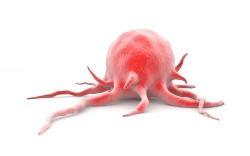 According to the data
of the scientific community, green buckwheat has a powerful anti-cancer effect. It activates the antitumor mechanisms of immunity, which allows you to fight malignantly degenerated cells in the initial stages.
According to the data
of the scientific community, green buckwheat has a powerful anti-cancer effect. It activates the antitumor mechanisms of immunity, which allows you to fight malignantly degenerated cells in the initial stages.
Is celebrated even the effectiveness of the product in relation to hormone-dependent tumor processes.
Potential harm
 Against the background of eating green buckwheat, a number of adverse effects may occur. The most common are:
Against the background of eating green buckwheat, a number of adverse effects may occur. The most common are:
- Dyspeptic disorders. Are associated with overloading the body with proteins and dietary fibers. They can manifest in the form of heartburn, nausea, changes in the nature of stools (constipation, diarrhea), bloating and spastic pain along the course of the large intestine.
- Disorders of the coagulation system. Any pathology accompanied by increased bleeding or taking drugs that affect blood clotting is a contraindication to the use of green buckwheat. It contains a number of substances that significantly increase the likelihood of bleeding.
- Allergic reactions. May be systemic or local in nature. Cases of cross-interaction (with increased sensitivity of the body to latex or rice) are described.
The use of green buckwheat has contraindications and is associated with health risks. It is recommended to approach the inclusion of the product in the diet with extreme caution.
Rules of preparation and reception
Proper preparation is the key to obtaining all biologically active substances from buckwheat. The most valuable option for culinary processing is boiling. The recipe is as follows:
- Thoroughly rinse the green buckwheat grains and soak in cold water for 3-5 hours.
- Drain the water, rinse the kernels again. Fill it with water again (ratio 1:2).
- Bring to a boil and simmer for about 15 minutes.
Green buckwheat porridge is perfectly combined with vegetable crops (carrots, potatoes, zucchini, greens), poultry meat and vegetable oils.
In its raw form, cereals should be consumed with caution, as it can serve as a source of bacterial or fungal infections, less often helminths.
Green buckwheat is also used to make flour, which is later used for baking bread (mixed with other types of flour).
Conclusion
- Thus, green buckwheat is a unique product containing a lot of biologically active substances (vitamins and minerals, antioxidants, proteins).
- The plant improves cardiovascular and digestive health, prevents the appearance of malignant tumors and promotes weight loss.
- All recommendations regarding inclusion in the diet and cooking should be followed.

